MichaelOToole
Well-known member
Just realized, I been printing without the bowden tube for a long time (can't remember when or why I removed it).
I use a little piece of tubing to guide the filament entering the chamber from the spool but that's it...
Most videos show a bowden tube even with direct drive, I don't see the need, am I missing something?
I use a little piece of tubing to guide the filament entering the chamber from the spool but that's it...
Most videos show a bowden tube even with direct drive, I don't see the need, am I missing something?

